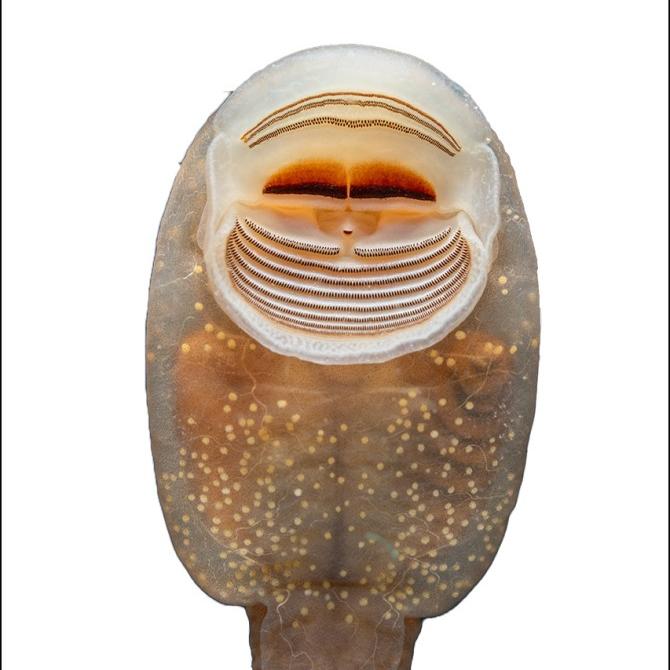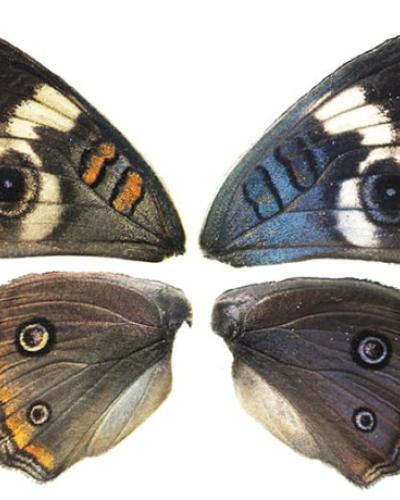Birds have feathers, mammals hair, and angiosperms flowers. Across the diversity of life, many morphological traits are unique to a particular category of organism. How do these unique traits first arise?
Most biologists agree that new morphological traits do not come from entirely new genes. Instead, they arise from the co-option and repurposing of genes that are already present. For example, the optix gene in butterflies plays a directing role in wing pigmentation. But long before butterflies evolved, optix had a vital if less glamorous role in both invertebrates and vertebrates as part of a gene regulatory network overseeing the development of the nervous system and the retina. At some point in evolutionary history, optix underwent a radical co-option and gained a novel function as a regulator of butterfly wing pigmentation. It thereby became crucial to species-specific adaptation and self-protective mimicry.
By looking at the origin of color in butterflies, Robert D. Reed, , is seeking answers to fundamental biological and evolutionary questions about how gene regulatory networks are first established and how they are rewired to generate complex new traits. The Reed lab will characterize the regulatory networks of the optix gene in butterflies, making it a model for exploring the regulatory architecture of trait diversification. This research aims to reveal the dynamics of regulatory co-option by constructing a comprehensive case study of how a new gene regulatory network can emerge to generate a new morphological feature—in this case, color itself.






